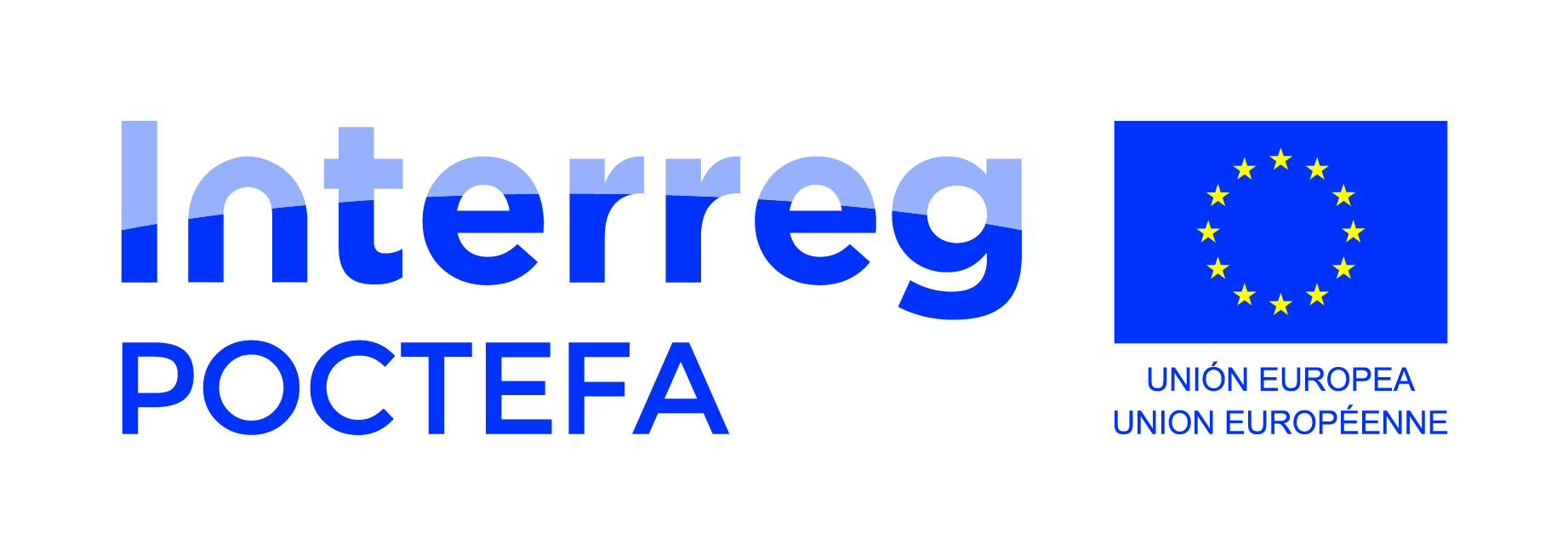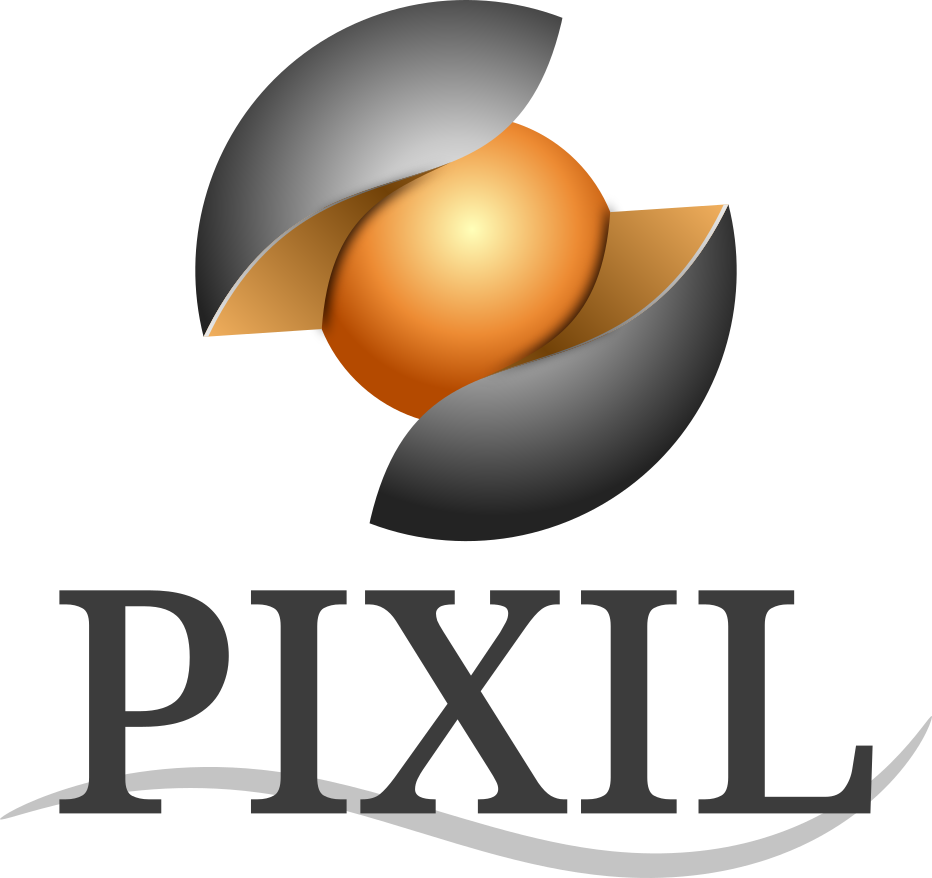
Figure 1. PETGEM output showing the conductivity mapping variations in a 3D complex setup
The R+D+I Energy for Society Network (XRE4S) launched the second call for the Lab-to-Market (L2M) program, the technology scouting program for the members of the network. A technology from the Barcelona Supercomputing Center (BSC) has been selected for the first pre-assessment study. The evaluation of this technology will be delivered early next year, and a shortlist of the presented technologies will be assessed in phase 2 for a more detailed market and IP assessment and commercialization strategy.
The selected BSC technology is based on the fact that the Earth’s subsurface holds natural resources fundamental for regional development. Obtaining accurate images of water, mineral, and energy sources deep below the surface is a crucial step for their management and exploitation. Geophysical imaging allows us to obtain detailed maps of the Earth’s interior. This is achieved by analyzing the deformations and electromagnetic (EM) fields measured at the surface. The BSC technology focuses on detecting and characterizing geothermal reservoirs based upon EM methods and HPC. The know-how is built on the PETGEM code, a parallel code for geophysical EM modeling and inversion. This tool provides key information to reduce ambiguities in interpreting geophysical datasets through mapping conductivity variations in the subsurface. Based on cutting-edge numerical methods, the PETGEM workflow has been proven to be a flexible, accurate, and efficient large-scale scheme for the solution of realistic test cases in marine and land contexts.
The PETGEM research and development activity is currently carried out within the PIXIL project (Pyrenees Imaging eXperience: an International network), whose main objective is the generation of highly differentiating and innovative knowledge in the context of geothermal energy. This effort aims to promote the growth of geothermal energy in the cross-border area between Spain and France, creating conditions and opportunities to better advance the energy transition.
On top of that, the effort during the L2M scouting program will focus on exploring the needs of the geothermal energy market and how PETGEM technology can contribute to detecting and characterizing geothermal reservoirs based upon electromagnetic methods and HPC.
PETGEM is developed at the Geophysical Applications group of the BSC, and its latest release includes support for active-source (e.g., controlled-source electromagnetic method) and passive-source (e.g., magnetotelluric method) EM methods. Scientific articles in high-impact journals have derived from the scientific work around PETGEM:
- Castillo-Reyes, O., Queralt, P., Marcuello, A., Ledo, J. (2021). Land CSEM Simulations and Experimental Test Using Metallic Casing in a Geothermal Exploration Context: Vallès Basin (NE Spain) Case Study. IEEE Transactions on Geoscience and Remote Sensing.
- Castillo-Reyes, O., de la Puente, J., García-Castillo, L. E., Cela, J.M. (2019). Parallel 3-D marine controlled-source electromagnetic modelling using high-order tetrahedral Nédélec elements. Geophysical Journal International, Volume 219, Issue 1, October 2019, Pages 39–65.
- Castillo-Reyes, O., de la Puente, Cela, J. M. PETGEM: A parallel code for 3D CSEM forward modeling using edge finite elements. Computers & Geosciences, vol 119: 123-136. ISSN 0098-3004. Elsevier
About XRE4S and its L2M program
The Energy for Society R+D+i network (XRE4S), is a transversal and interdisciplinary network with the aim to impulse technology transfer in the energy sector, while promoting the energy transition at the Catalan and international level. It involves 35 research groups and more than 500 researchers. Additionally, XRE4S has 3 strategic adhered entities: Clúster d’Energia Eficient de Catalunya (CEEC), DEMETER investment funds and Institut Català del Sòl (Incasòl). XRE4S has designed a valorisation and tech transfer program to accelerate these actions in the energy sector in Catalonia. The goal is to increase the impact of the transfer to the productive and social sector in Catalonia and convert the region in an energy innovation pole at international level. The Lab to Market (L2M) program is the XRE4S technology scouting program. It consists on the pre-screening on technology assessment, market opportunity and analysis of the intellectual property status and strategy.



